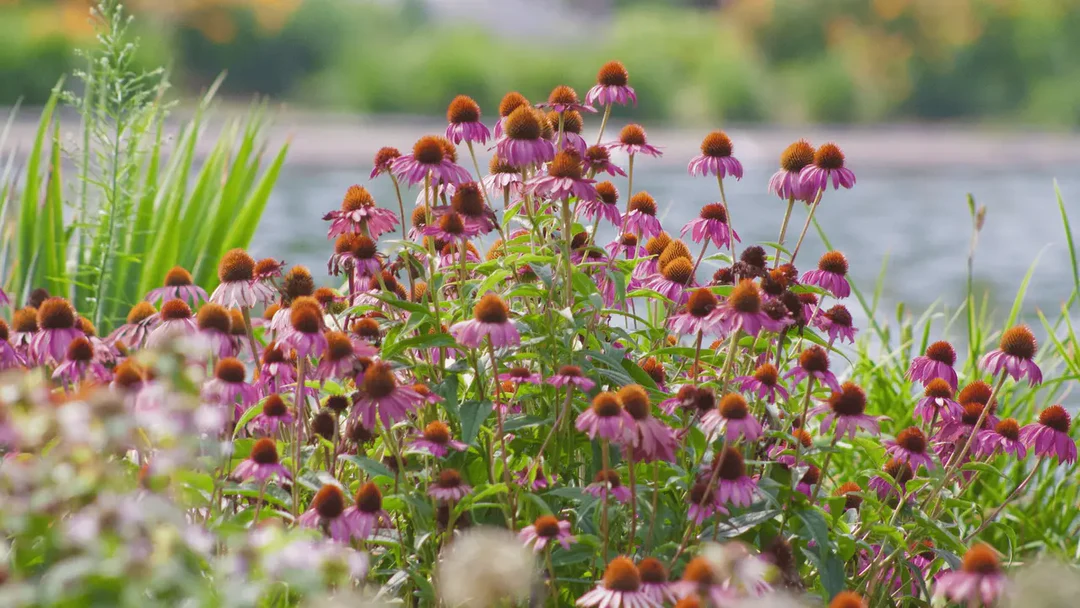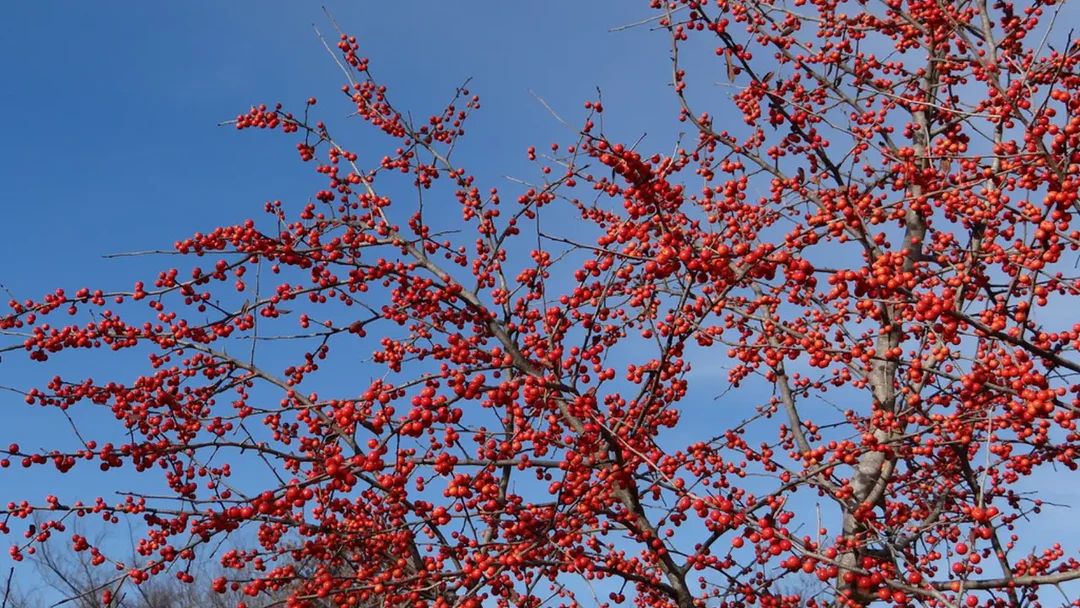Ecological Gardening Essentials: Thriving with Texas Native Plants

In an era where sustainability is more crucial than ever, ecological gardening presents a beautiful opportunity to harmonize with nature. Embracing Texas native plants, not only enhances your garden’s biodiversity but also enriches the local ecosystem. This blog aims to guide you through the essentials of cultivating a garden that thrives naturally, right here in Texas.
Understanding Ecological Gardening
Ecological gardening focuses on working with nature to create sustainable and low-impact gardens. By placing emphasis on native plants, gardeners can maintain gardens that thrive without requiring excessive resources. The core idea is to align gardening practices with natural processes, which reduces the need for artificial inputs like fertilizers and pesticides. This approach not only benefits the gardener but also the local environment by fostering biological diversity and minimizing pollution.
In Texas, where summers can be hot and dry, ecological gardening becomes a lifeline for both plants and wildlife. A well-planned native garden can notably cool the environment by providing shade and retaining moisture, a great advantage in urban areas that can often resemble heat islands. The concept is not just about aesthetics; it gels seamlessly with xeriscaping practices aimed at water conservation.
An ecological garden is ever-evolving, influenced by the seasons, local wildlife, and even microclimatic conditions. This dynamic nature requires gardeners to adopt a more observational role, learning from each season to adapt their practices for ongoing success. By committing to this approach, you create a resilient space that reflects the native beauty and complexity of the Texan landscape.
Why Choose Texas Native Plants?
Texas native plants are uniquely adapted to the local climate and soil conditions, making them an ideal choice for ecological gardening. They require less water, fertilizers, and pesticides, promoting a healthier garden environment. One key advantage is that these plants are well-equipped to handle the state’s varied climate zones, from the lush regions of East Texas to the arid landscapes of the west. This versatility lessens the gardener’s burden, easing the maintenance that non-native species usually demand.
Native plants are not just low-maintenance; they also provide infinite ecological benefits. For instance, they play a critical role in supporting local wildlife. The nectar and pollen they produce are tailored for local pollinators, which have evolved alongside them over millennia. Plants like the iconic Texas lantana ‘Texas’ are celebrated for attracting butterflies, adding vibrant life and movement to your yard.
The advantages of native plants expand into areas of sustainability too. They help improve soil health by stabilizing soil with their deep, water-seeking roots, reducing erosion risks. Furthermore, they bolster the water cycle by efficiently managing rainwater, reducing the likelihood of run-off. Their resilience against Texan droughts is yet another reason why they should be a cornerstone in ecological gardening endeavors.
Selecting the Right Native Plants for Your Garden
Choosing the right plants is crucial for success in ecological gardening. Consider factors such as your garden’s specific microclimates and soil type to ensure that you select plants that will naturally thrive. Texas, with its diverse landscapes, offers a wide array of native plants suitable for different conditions. From the black clay of the Post Oak Savannah to the sandy soils of the High Plains, understanding your unique garden ecosystem helps in making informed plant choices.
A good starting point is to conduct a soil test to assess the pH and nutrient levels. The insights gained can guide your selection and care for native plants. For example, the Blackfoot daisy prefers alkaline soils common in many Texas areas. It’s also important to align your choices with your maintenance desires; lower-maintenance gardens may favor hardy perennials like the Rock Rose, which requires minimal attention once established.
Seasonality is another factor, as native plants offer a palette of flowers and foliage across the year. With careful planning, you can design a garden that offers visual interest and sustenance for wildlife throughout the changing seasons. For instance, the cheerful blooms of Gregg’s Mistflower will attract clouds of butterflies in late summer, while its resilience ensures it withstands Texas’ notorious heat.
Creating a Wildlife-Friendly Environment
An outstanding benefit of using native plants is that they support local wildlife, including pollinators like bees and birds. Learn how to create a balanced ecosystem that attracts and nurtures wildlife around your garden. The key lies in selecting plants that offer food and shelter throughout the year. A mix of Black-eyed Susans and Flame Acanthus can lure butterflies and hummingbirds into your garden, creating a vibrant, living tapestry.
Beyond attracting pollinators, native plants serve as habitat for various creatures. Dense shrubs like the evergreen Yaupon Holly can provide nesting sites and cover for birds. Meanwhile, the bright berries feed birds in the lean winter months. By cultivating a diverse mix of native species, you can recreate a miniature wildlife haven, one that plays an essential role in regional ecological networks.
A well-designed garden doesn’t just benefit wildlife—it provides endless delight to the observer. The interplay of wildlife and native plants creates a dynamic ecosystem, teeming with life. To experience this magic, consider visiting a local nursery like Native Gardeners to gather a selection of Texas natives, and watch your garden transform into a bustling ecosystem.
Maintaining Your Ecological Garden
Proper maintenance of an ecological garden focuses on promoting natural processes. Understand best practices for maintaining your garden sustainably, from mulching and composting to proper watering techniques. A significant benefit of ecological gardening is the reduced necessity for chemical inputs. By leveraging natural compost, you enrich soil health, boosting the resilience of your plants and curbing pest populations organically.
Water management is equally vital, especially in water-sensitive regions like Texas. Implementing rainwater harvesting systems or drip irrigation can substantially cut down on water use, conserving this precious resource. Moreover, employing xeriscaping techniques allows focus on low-water use plants, ensuring your garden stays lush with minimal intervention.
Another aspect of maintenance involves observing seasonal changes and adjusting your practices accordingly. Cutting back on mowing and leaf clearing can actually be beneficial, as it allows insects and plants time to transition through seasonal cycles naturally. For those looking to expand their knowledge, interested individuals can sign up for our newsletter to receive ongoing insights and tips tailored to Texan ecological gardens.
Harvesting the Benefits of Ecological Gardening
Cultivating an ecological garden with Texas native plants is both rewarding and impactful. By understanding and supporting your local ecosystems, you contribute to nature’s preservation while enjoying a sustainable and vibrant garden. Remember, the key is in observing and learning from nature. Happy Gardening!












Leave a comment